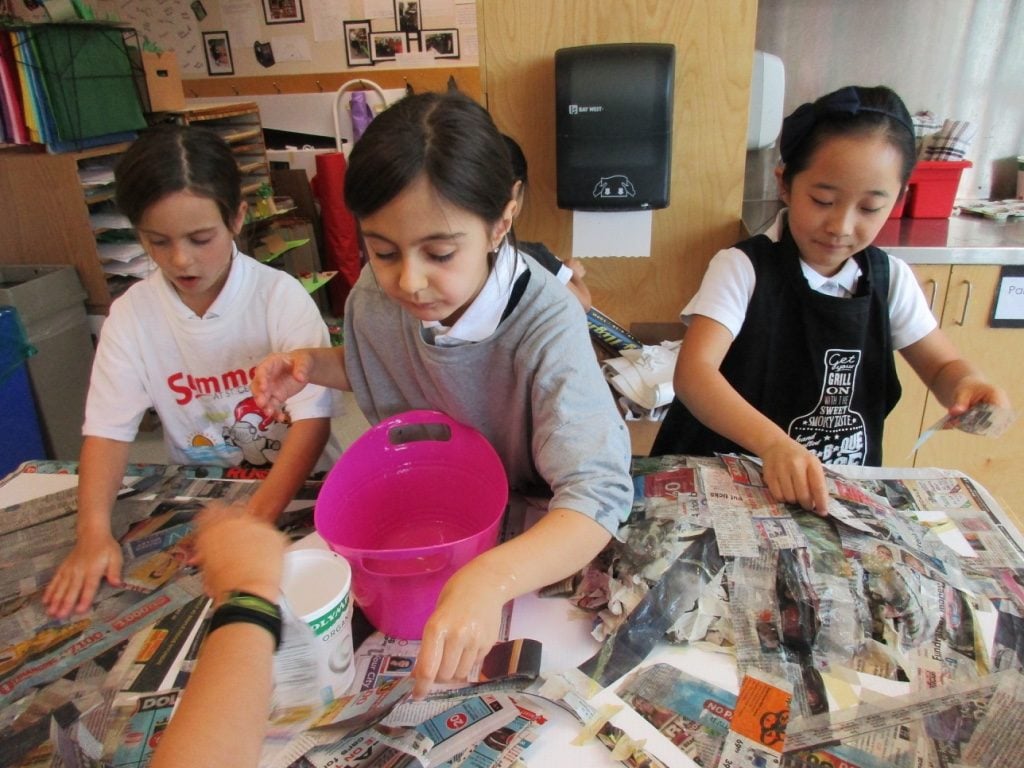For this STEAM project, Gr. 3H created landforms and then built a city on top of the landforms they created, to explore how landforms affect city planning.
The first step in our Landform to City STEAM project was building the landforms, such as placing the mountains, rivers, ocean, plateaus, bays, and marshes. The girls then used papier maché to build these landforms, and painted them afterwards.
The next step was placing the animals on the land. The girls chose native animals such as eagles, bears, salmon, orca whales, wolves, and coyotes. This was difficult for some because they knew that the city would be built soon and it was going to affect the animal habitats.
The girls then build the city on the landforms. They included an airport, a landfill, mountains with gondolas for skiing, roads, suburbs, city spaces, two Indigenous communities, skyscrapers, and a protected wetland area for the animals in the center of the city.
When the city was being built on the landforms, the girls had many questions. How do landforms affect city planning? How did the landforms affect our city in the project? How do they affect us in Vancouver? How do cities transform the land?
The final aspect of the project came when we invited parents and other classes in and 3H students shared their learning. They were particularly proud of all of the steps that it took to create our landform and transforming it into a city.
Ms. Carly Trinder
Grade 3 Teacher


















